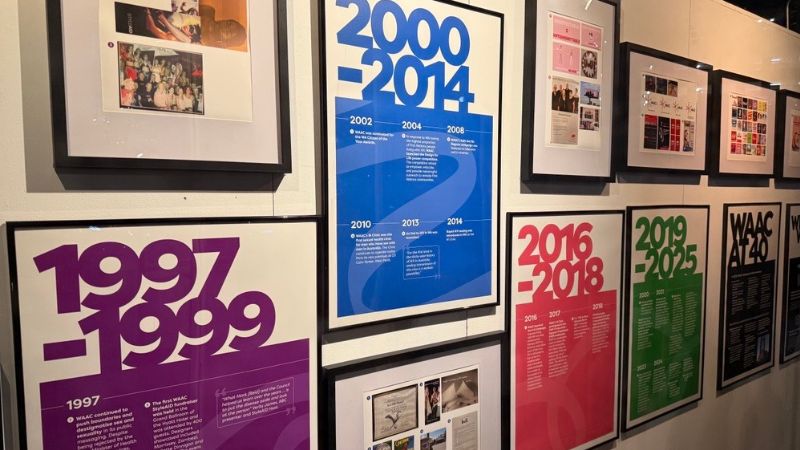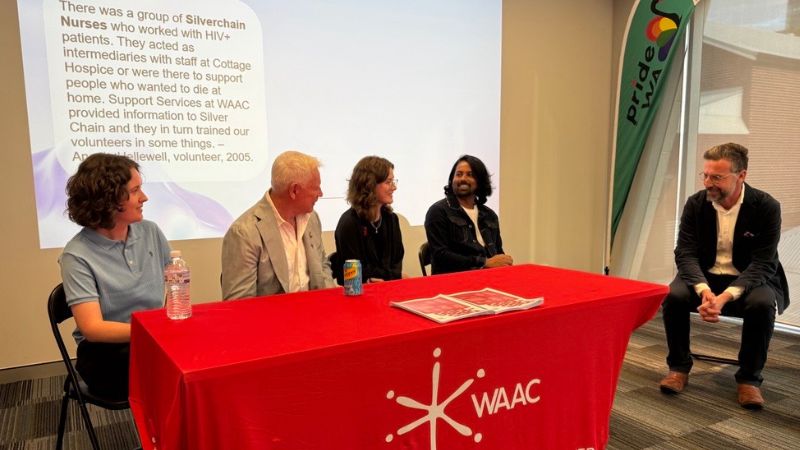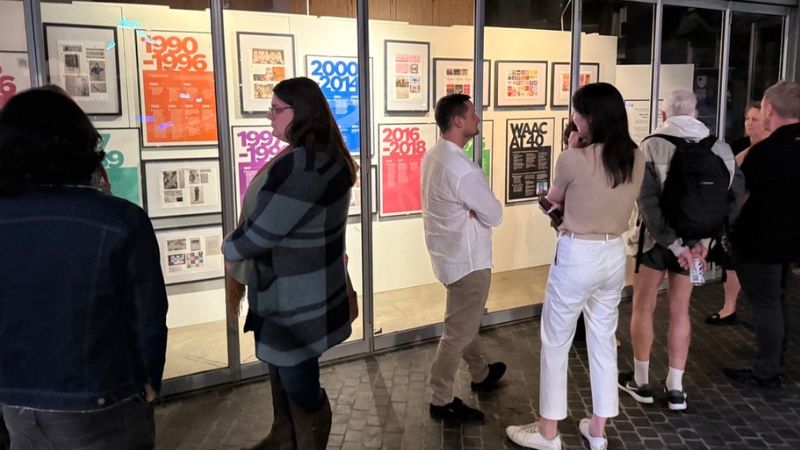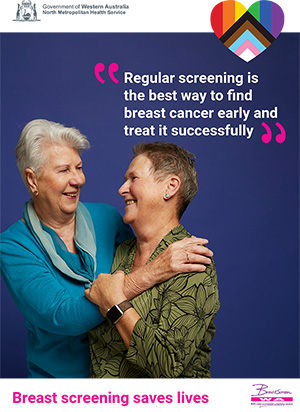The Boorloo Heritage Festival is in full swing, and a new display is highlighting the four decades of support, advocacy and innovation undertaken by WAAC.
The organisation which was previously known as the WA AIDS Council, was created in 1985 and over four decades has helped people living with HIV, and provided essential education and awareness to all Western Australians.
A display showcasing their history was launched in Northbridge on Friday night and the project has been a collaboration between WAAC and WestPride Archives.

Speaking at the launch of the display WAAC CEO Dr Daniel Vujcich reflected on the organisation’s long history, dedicated volunteers and committed staff members.
“Over the past 40 years, so much has been achieved in the HIV sector. We’ve seen the arrival of highly effective antiretroviral treatments. We’ve seen the introduction and the scaling up and the increased uptake of pre-exposure prophylaxis, and we’ve seen the transformation of HIV from something that could often be a terminal diagnosis to something that is more like a chronic but manageable condition.” Dr Vukcich said.
“We’ve seen people living with each HIV step into leadership roles in community settings and shaping services and reforms that reflect their lived experience.”
The organisation’s current leader also noted that Australia is moving into a new phase of the long journey with HIV where the goal of virtual elimination seems achievable, but still challenging.
“While the goal might be to achieve a maximum of 90 cases of HIV nationally by 2030, the truth is we’re not there yet. Last year, we had over 70 cases of HIV in Western Australia alone.
“So tonight, as that sun dips and we stand together in this kind of in between space. Let’s remind ourselves what it truly means to honor our history, not only by looking back, but also by choosing how we move forward.” Dr Vujcich told the crowd who had assembled for the launch at the Pride Centre.

Volunteers Laura O’Regan, Amy O’Regan and Maruf Rahman worked alongside Graham Grundy from WestPride Archives to revisit the many posters, newspaper clippings, records and photographs from WAAC’s 40 years of operations.
The material is presented as a timeline showing a journey of the community, the organisation and Australia’s world-leading response to HIV.
From the first case of HIV being diagnosed in Western Australia in 1985, and the founding of the WA AIDS Council later the same year, to the beginnings of annual candlelight vigils and eye-catching safe sex campaigns of the 1980s and 1990s, many political battles, media controversies and changing science, the history of WAAC is rich and storied.
Speaking about their work the team of three young volunteers who put together the presentation spoke about their journey of discovery into the past, noting that they were all born many years after WAAC’s work began.
Amy O’Regan spoke about the experience of working her way through many boxes of archives as part of the exhibition team.
“It just taught me so much about the history, and it was kind of a way of connecting with other people…it was just being able to learn about it and honor it.”
“It’s just so interesting and I feel like everyone should know about it. It’s been really nice to actually put it together.” Amy O’Regan said.
Laura O’Regan said she was surprised to find how humorous some of the campaign materials were, given the seriousness of the epidemic at the time.
“To have a tone that strikes as humorous or cheeky or makes you do a double take… they used inuendo and were joyful, and that’s not what I was expecting at all.”
Maruf Rahman, who is an international student from Bangladesh, said he was blown away by the power of community organisations, and he hoped what he’d learned about Western Australian’s experience over the last forty years was something he could take back to his home country.

The display is part of the Boorloo Heritage Festival which runs through out April.
Take a look at A Ribbon Through Time: A History of the Community Response to HIV in Western Australia, at the Northbridge Piazza.




